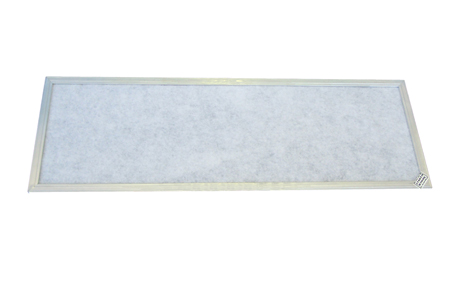
Heat recovery systems seize squander heat from different resources and use it to preheat or precool air or drinking water for other purposes. Here is how heat recovery systems get the job done:
Through seismic connections that dampen and self-Centre, Tectonus features buildings security by earthquakes and aftershocks. A different innovation is their seismic anchor, for liquid storage tanks that is a resilient Resolution that doesn't have to have repairs just after an earthquake.
Refrigerant-to-refrigerant Heat Recovery: This process recovers heat from your refrigerant in HVAC systems and uses it to heat other parts of your building or to preheat drinking water.
Domestically, There exists a increasing recognition of the necessity for earthquake protection, with customers caring about business continuity and realising the shortcomings of existing building codes.
There are various systems available for transferring waste heat to a productive close use, which include:
The gadget to resist the main shock and along with subsequent aftershocks, as it truly is designed so which the fuse alone is definitely the friction component between the plates”, Pierre describes.
On the other hand, it transfers the heat extracted from the stale air for the chilly air right before feeding it back down in to the pipes along with the rooms, though the former is expelled back in to the environment.
“It works For brand spanking new tanks and old ones, far too. In present tanks, the anchor permits them to maneuver a tiny bit in the course of a quake and afterwards return for their location without any hurt. In new tanks, it allows the walls and the concrete underneath be thinner, conserving dollars.” With previous successes with wine and dairy tanks, Tectonus’ Remedy is likewise placed website on water tanks.
The recovered heat can then be used to preheat air or h2o, minimizing the amount of Power demanded for heating and cooling.
Website Your resource for the latest industry developments and stories of true-existence apps of our products. Look over and above common HVAC answers and make comfort and ease personal.
Regardless of your heat recovery system type, it’s vital to understand its elements and operating concepts. The essential components of the heat recovery system contain the heat exchanger, the enthusiast or blower, and the ductwork.
In warm and humid climates, the ERV system can transfer surplus dampness in the incoming fresh air to the exhaust air, that may enable to scale back indoor humidity ranges and prevent moisture-linked troubles including mold expansion.
By recovering the residual heat from the exhaust gasoline, the fresh air launched into the air conditioning system is preheated (or pre-cooled) before it enters the room, or maybe the air cooler on the air conditioning unit performs heat and dampness therapy.[one] A normal heat recovery system in buildings comprises a core unit, channels for fresh and exhaust air, and blower fans.
Nonetheless, the magnitude of small-temperature waste heat is hard to disregard, and it offers large opportunities for waste heat recovery. In certain industries, squander heat might be prohibited due to source of chemical composition or as the recovery hard work may not meet up with the demanded quantity to get cost-efficient.